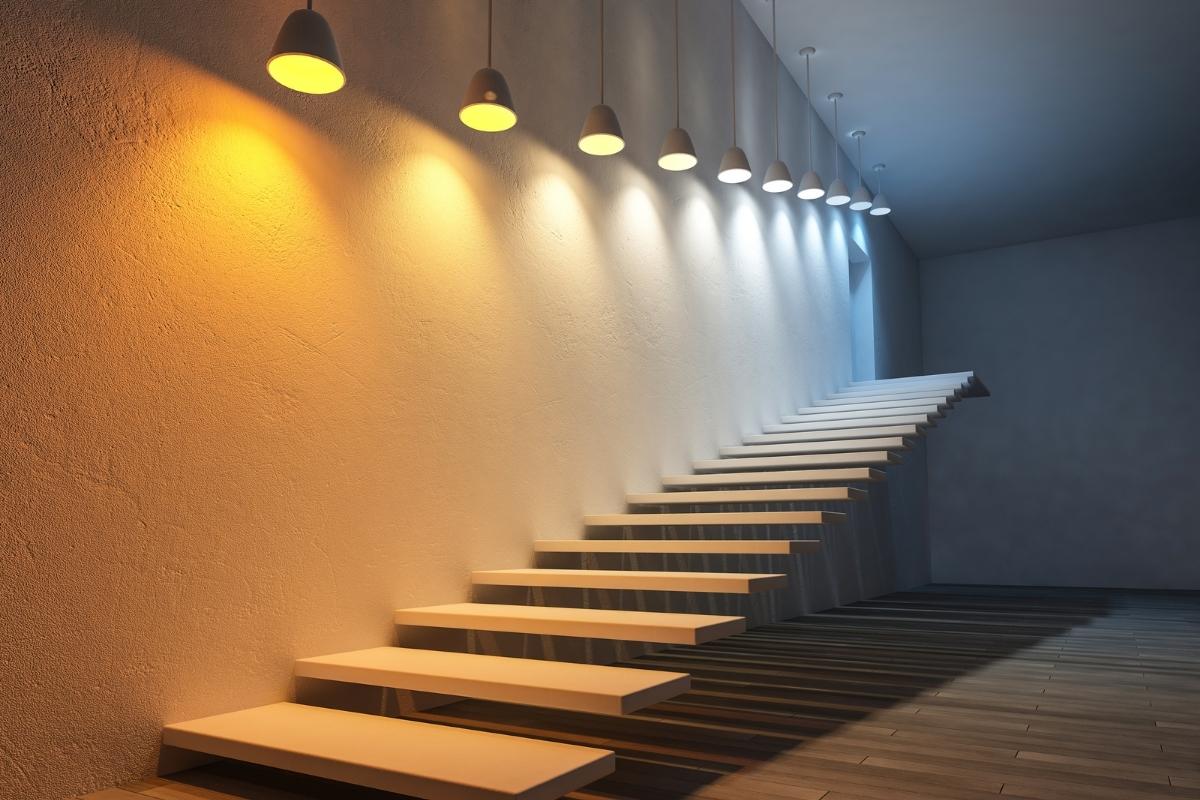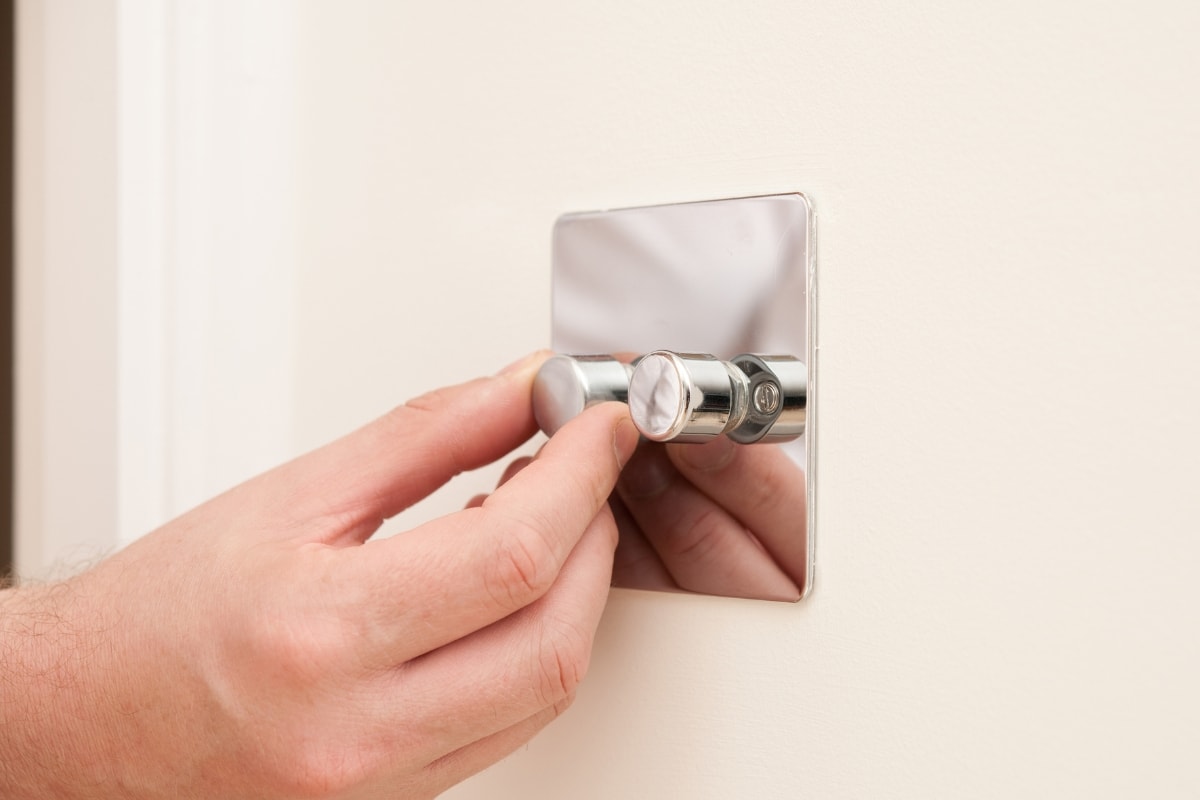What Is Supplementary Lighting
Supplementary lighting, also referred to as additional or supplemental lighting, is the use of artificial light sources to enhance or complement the existing lighting in a space. It allows for greater control over lighting conditions and enables the achievement of specific lighting goals. It compensates for the lack of natural light, extends the hours of light exposure, and creates desired lighting effects.
Supplementary lighting is commonly employed in industries such as horticulture, photography, and interior design to provide extra illumination when natural light is insufficient or to create specific lighting effects.
Supplementary Lighting in Horticulture
In horticulture, supplementary lighting can optimize plant growth and development. It supplements natural sunlight in greenhouses or indoor gardens where sunlight may be limited or inconsistent. With supplementary lighting, growers can extend the duration of light exposure, adjust the light spectrum, and ensure consistent lighting conditions throughout the year, regardless of weather or seasonal changes.
Supplementary Lighting in Photography
Photographers utilize supplementary lighting to control lighting conditions and achieve desired effects in their photographs. It can be used to fill in shadows, highlight specific areas, or create a particular mood or atmosphere. Different types of artificial light sources, such as strobes, continuous lights, or LED panels, are employed to achieve the desired lighting setup for different subjects and scenes.
Supplementary Lighting in Interior Design
In interior design, supplementary lighting is used to enhance the overall lighting scheme and create visually appealing and functional spaces. It can be used to accentuate architectural features, highlight artwork or decor, or provide task lighting for specific activities. Designers can create layers of light and control the ambiance of a room by strategically placing additional light fixtures, such as table lamps, floor lamps, or wall sconces.
Types of Supplementary Lighting
Supplementary lighting encompasses various types of lighting fixtures and systems that serve specific purposes to enhance the overall lighting setup. The choice of supplementary lighting depends on various factors, including the specific application, desired light intensity, energy efficiency, and cost-effectiveness. Let’s explore some common types of supplementary lighting.
High-Pressure Sodium (HPS) Lamps
HPS lamps are commonly used in greenhouses. They emit a yellow-orange light and are known for their high light output and efficiency in converting electrical energy into light energy.
LED Task Lights
LED task lights are popular for providing focused illumination in various settings. They are often used in combination with ambient lighting to provide focused illumination for specific tasks. LED task lights are energy-efficient, dimmable, and can be personalized to suit individual preferences.
Metal Halide (MH) Lamps
MH lamps are commonly used in greenhouses. They emit a bluish-white light and provide a balanced spectrum of light that promotes vegetative growth in plants. MH lamps are often used during the early stages of plant growth.
Fluorescent Lamps
Fluorescent lamps, such as T5 or T8 tubes, are widely used as supplementary lighting. They are energy-efficient and emit a cool white light suitable for promoting plant growth. Fluorescent lamps are often used for seedlings and young plants.
LED Grow Lights
LED grow lights have gained popularity in the lighting industry. They are energy-efficient, long-lasting, and can be customized to emit specific wavelengths of light that cater to the specific needs of plants. LED grow lights offer flexibility in controlling the light environment and can be used for various stages of plant growth.
Supplementary Lighting Modules
Supplementary lighting modules are specialized lighting systems designed specifically for supplementary lighting purposes. These modules offer extra illumination where additional light is required. While specific details about supplementary lighting modules may vary, they are designed to provide targeted and efficient lighting solutions.
Advantages of Supplementary Lighting
Supplementary lighting offers several advantages that make it an essential tool for achieving optimal lighting conditions. Here are some of the key advantages of using supplementary lighting.
Increased Crop Yield
Supplementary lighting can significantly increase crop yield in greenhouses. With additional light, plants can photosynthesize more efficiently and produce more energy for growth and development. This can result in higher yields and a more productive harvest. In fact, most crops benefit from supplemental lighting, especially those grown in regions with low natural daily light integral (DLI), such as the northern United States and Canada during late winter and early spring.
Extended Growing Seasons
With supplementary lighting, growers can extend the growing season and cultivate crops year-round. This is especially beneficial in regions with limited sunlight or harsh weather conditions. Plants can continue to grow and thrive even during the winter months. This not only allows for a continuous supply of fresh produce but also provides opportunities for growers to diversify their crops and increase profitability.
Improved Plant Quality
Supplementary lighting can enhance the quality of plants by promoting better growth and development. By providing the right spectrum and intensity of light, growers can optimize plant growth, improve coloration, increase flower production, and enhance overall plant health. This is particularly important for floricultural crops, such as plugs and cut flowers, where increased growth rate corresponds to greater economic yield.
Flexibility in Crop Selection
With supplementary lighting, growers have more flexibility in choosing the types of crops they want to cultivate. Certain crops require specific light conditions for optimal growth, and supplementary lighting allows growers to create the ideal environment for a wide range of plants. This opens up opportunities for growers to explore new crops and expand their product offerings.
Energy Efficiency
While supplementary lighting requires additional energy, advancements in lighting technology have made it more energy-efficient. LED lights, for example, consume less energy and produce less heat compared to traditional lighting sources. This not only reduces energy costs but also minimizes the risk of heat stress on plants. Growers can further optimize energy usage and reduce environmental impact with energy-efficient lighting systems and smart lighting controls.
Pest and Disease Control
Supplementary lighting can help control pests and diseases in greenhouse environments. Some pests and diseases are more active in low-light conditions, and by providing adequate lighting, growers can discourage their presence and reduce the risk of infestations. This can minimize the need for chemical pesticides and promote sustainable and environmentally friendly growing practices.
Consistent and Predictable Production
Growers can create a more controlled and predictable production environment with supplementary lighting. This allows for better planning and management of crop cycles, ensuring a steady supply of fresh produce throughout the year. Consistent lighting conditions also contribute to uniform plant growth, resulting in more consistent crop quality and marketability.
Enhanced Research and Experimentation
Supplementary lighting is also valuable in research and experimentation within the agricultural industry. It allows scientists and growers to study the effects of different light spectra, intensities, and photoperiods on plant growth and development. This knowledge can then be applied to optimize crop production techniques and contribute to ongoing advancements in the field.








